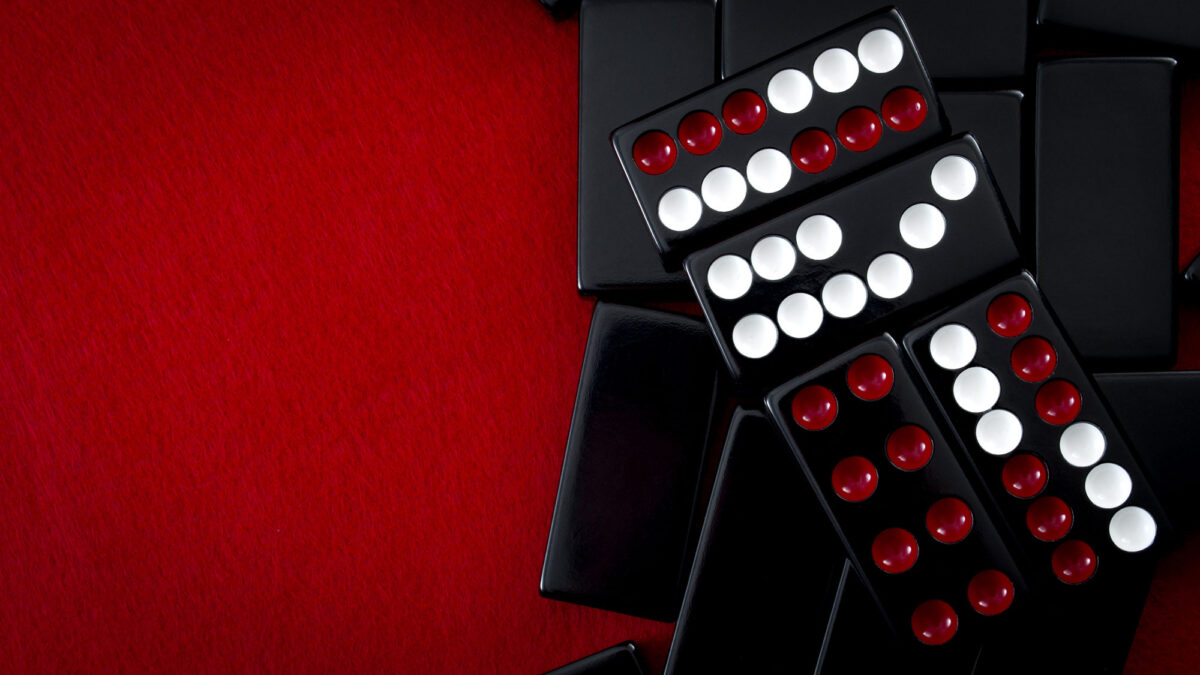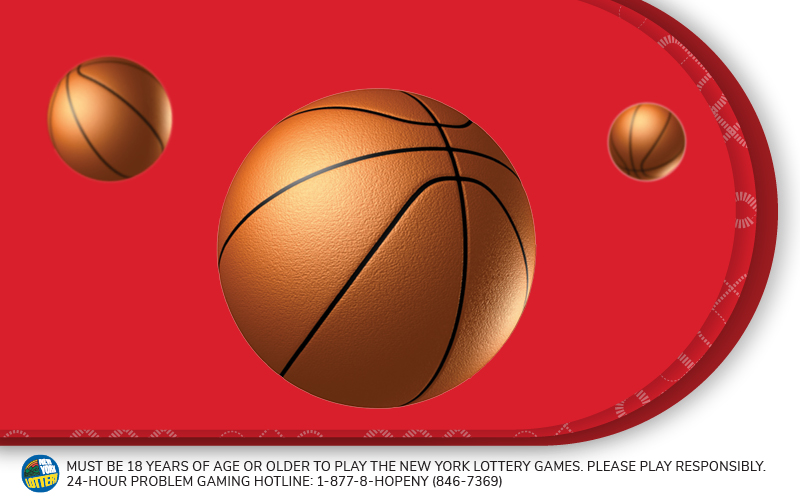Pai Gow is an interesting casino game based on tiles that resemble dominos rather than playing cards. Yet it is quite similar to poker because it revolves around making sets of paired tiles. There are a few tricks to the game you’ll need to know before playing.
History of the Game
One of the oldest casino games continuously played, it’s assumed to have been based on Japanese backgammon. It has long been a staple of Chinese casinos but only became popular in the United States and Canada from the 1990s on. It shouldn’t be confused with the loosely related Pai Gow Poker, which is played with cards.
How to Play
In Pai Gow, you have to beat the banker/dealer. They will deal themselves four tiles and each player four tiles as well. These are divided into two hands by the players, with two tiles set vertically and two set horizontally to pair them. One is designated the High Hand and the other the Low Hand (placement can vary). Players then must bet on their hands before anyone reveals what they have. The banker then compares the Low and High Hands of each player against the Low and High Hands of their own. If both of the hands are higher than the Bank’s hands in rank, the player wins at even odds. If one hand is higher but not both, it’s a Push and the player receives just their money back. Players can always request their tiles to be set the House Way by the dealer to ensure they’re not missing out on a valuable pair.
Rules
Rated by the number of points they are worth, the 16 pairs in Pai Gow are:
- Gee Joon: 1 dot on top and 2 on the bottom, 2 dots on top and 2 on bottom
- Teen: Both have 6 dots on top and 6 on bottom
- Day: Both have 1 dot on top and 1 on the bottom
- Yun: Both have 4 dots on top and 4 on bottom
- Gor: Both have 1 dot on top and 3 on bottom
- Mooy: Both have 5 dots on top and 5 on bottom
- Chong: Both have 3 dots on top and 3 on bottom
- Bon: Both have 2 dots on top and 2 on bottom
- Foo: Both have 5 dots on top and 6 on bottom
- Ping: Both have 4 dots on top and 6 on bottom
- Tit: Both have 1 dot on top and 6 on bottom
- Look: Both have 1 dot on top and 5 on bottom
- Chop Gow: 3 dots on top and 6 on the bottom, 4 dots on top and 5 on bottom
- Chop Bot: 2 dots on top and 6 on the bottom, 3 dots on top and 5 on bottom
- Chop Chit: 2 dots on top and 5 on the bottom, 3 dots on top and 4 on bottom
- Chop Ng: 1 dot on top and 4 on the bottom, 2 dots on top and 3 on bottom
Not every tile with a certain number of dots is a match for every other tile with the same number of dots. The pairs must match the list above. The color of the dots does not have to match, however.
When one of these 16 pairs isn’t made, you can still score points with what you do have. The value of the hand is then based only on the total number of dots, with the value capped at 9. If the number for a pair goes above 10, the 1 is dropped to get the score. Pairs are always considered to win over non-pairs regardless of value.
Ties between two hands with the same numeric value are broken by ranking. Since there is no ranked pair, the highest-ranked tile in a hand breaks the tie. If the numerical values are equally high between both hands, it’s a Copy Hand that goes to the Banker.
Popular Pai Gow Tiles Terms
- Some casinos call the two hands the Front and Rear or First and Second hands instead
- Learning the Chinese legend of the creation of the universe that is behind the patterns of the dots can help with memorizing all 16 pairs
- Banking: When a player chooses to be the bank, so all other players and the dealer are paid by him if he loses
- Dead hand: If a player declines to place a wager on a specific hand
- Rank: A pair’s placement in the list of 16 recognized pairs or its numerical value based on the number of dots
- 32 tiles: Special Chinese Pai Gow tiles required for playing the game
- Pai Gow Dice: A set of three dice in a shaker used by most casinos to determine which player is served tiles first in a round
Let’s Play Pai Gow at RW NYC
Pai Gow is a tricky game to learn to play, but getting help from the dealer by requesting the House’s Way can help. Take time to memorize the 16 pairs before each session and you’ll soon be on your way to winning more games.
Resorts World New York City visitors are welcome to enjoy a game of pai gow tiles (and more) in its electronic version. Same level of excitement guaranteed!
 Sign In
Sign In Book Now
Book Now




















